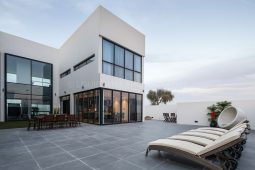FHS World takes centre stage with action-packed programme
FHS World today unveiled its stellar line up of speakers, an action-packed agenda and a wealth of new features at its biggest event to date, which will see more than 1,500 hospitality and tourism leaders descend on Dubai’s Madinat Jumeirah, 30 September to 2 October.





